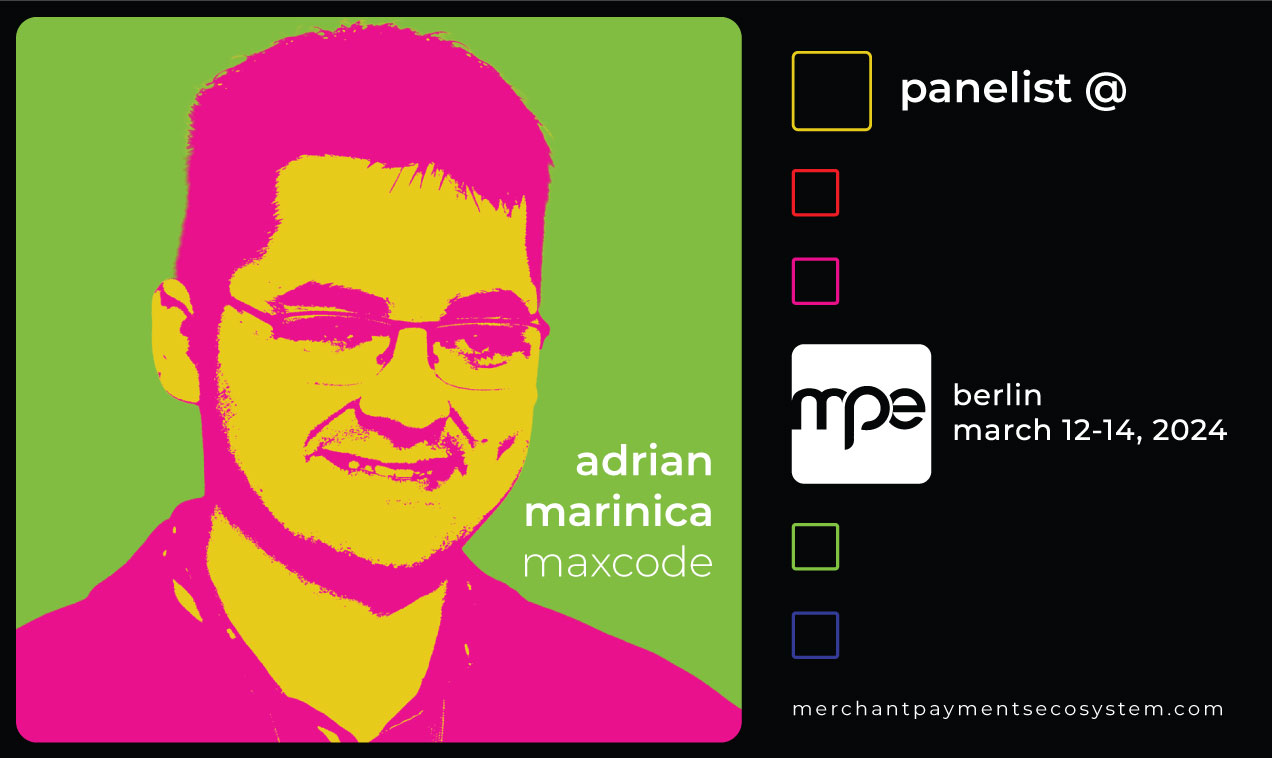As the FinTech spotlight is on the upcoming EPCA Summit, we thought we’d address a popular subject that has been discussed lately – blockchain technology and what it means for the future of currencies.
Blockchain is the technology that powers cryptocurrencies
For those unfamiliar with the term, Blockchain is a cryptographic system that acts as a shared ledger of data. The ledger is decentralized, constantly kept up to date from other computers running the same software in the network or ‘nodes’.
When it comes to financial transactions, blockchain acts as the transaction ledger recording all information related to a transaction. It is the database that maintains the history of every currency exchange ever made.
Blockchain technology concepts
In simple words, it is a linear space where data is stored. New information (a block) carries the public signature of the creator, making the chain transparent to everyone involved. Only the owner of the private signature can unlock a block and transfer its ownership to someone else.
If we look at blocks within a chain as programmable value that is bound by consensus and smart contracts, than the system is just a large configurable transaction network. Decisions are decentralized, agreements can be programmed, and transactions happen in real time.
While there are more concepts around blockchain technology from a business perspective, consensus and smart contracts are the most important ones.
Decentralized consensus
Blockchain transactions are self-created objects that exist within a decentralized network. This network is managed by users / entities which form the authority for validating transactions. A transaction, which means the creation of a new block, or validity of a block, is validated or invalidated as the nodes reach a consensus.
Smart contracts
These computer programs execute automatically predefined terms of an agreed “contract”. When two or more parties reach a consensus on how a contract should be executed, this can be programmed and the software takes over the decision process.
Smart contracts are being developed independently as systems that automate decision making, and there are already two major open source projects that are tackling the basics of the concept: Codius and Ethereum.
Bitcoin – the first blockchain-based cryptocurrency
Bitcoin “promises efficiency and equality of access unlike anything the world has known.” Wences Casares
Bitcoin is the first decentralized crypto-currency. It uses blockchain technology to create a financial transactional system. The balance is stored in a public ledger, using public and private security keys. These keys are created using mathematical encryption algorithms. The public key is used to reference the block / value to the world. It is similar to public bank account data such as account numbers. Private keys are used to authorize access to a particular block and subsequently authorize Bitcoin transactions.
What’s important to keep in mind when dealing with Bitcoins is that:
- Payments are irreversible;
- Bitcoin is not anonymous;
- Transactions are almost instant .
This digital currency is considered by many to be the equivalent of the gold standard in the digital world. Wences Casares has a good explanation on this topic throughout his recent interview.
The gold standard was introduced to create a common accepted universal currency. It was the base value on which all currencies could relate to for international trades. Gold was chosen for its perceived value, but the technical decision was based on the qualities of gold, as it is:
- Scarce
- Portable
- Durable
- Divisible
- Recognizable
- Fungible
Bitcoin maintains and enriches the majority of the characteristics of gold, with the exception of being fungible.
The main reason Bitcoin is not fungible is due to its “history” property. Being built on top of the blockchain technology, each coin preserves the historical data of the coin itself. If a user exchanges a bitcoin that has just been mined, for example, with a Bitcoin that has been transacted on the black market of Silk Road, there is a risk that the new coin might be part of a black / tainted money scheme, and one day someone will reclaim it or governments will seize it.
Therefore, two Bitcoins are never truly fungible, each being formed by a different chain of events. But it’s exactly this chain of events that, is a strong point in favor of future digital currencies, because it can prevent the free exchange of standard money.
As the crypto currency market expanded in the last years, several other currencies have been developed on top of blockchain. Currently, Ripple is the second most transacted currency and Litecoin is the third.
DarkCoin is the fifth, but, unlike Bitcoin, its main value proposition is complete privacy of the transaction. It uses an obfuscated model for value exchange which is called DarkSend.
The importance of blockchain
Blockchain is more than a financial promise to regulate and decentralize payment processes. The concept creates a paradigm for implementing decentralized applications that can be used in the sensitive environment of the financial world as well as beyond.
Blockchain is, in its essence, programmable value. If we think of the financial industry, value is money but it can also be an agreement or set of agreements, an identity, authorization or even history.
As William Mougayar explains in his blog post the concept of blockchain is a promise for a new development environment, which developers can use as a new type of database that changes the interaction model.
What financial institutions should consider is that even though everyone talks about Blockchain or Bitcoin, we should be thinking Blockchains. Just like any other infrastructure project, it will grow into a network of interoperating networks that will be used on various use cases.
The financial institution opportunity? Release their own blockchains. Depending on the exposure that a financial company wants to create, a dedicated blockchain can be developed and even opened to integration with similar networks from other institutions, or from the public market.
Blockchain applications
Blockchain is built for the Internet and takes full advantage of the Internet infrastructure. Unlike any other digital infrastructure project, it only exists within the virtual world. It is Internet’s first protocol that enables storing and exchanging value in a decentralized manner, without the need for central validation and management.
The implications of Blockchain technology will go well beyond payments. We can envision the technology becoming an integral part of our ever-evolving digital society. Decentralized models, not necessarily digital, are being used and implemented in Social, Business, Government or Legislation areas. In any of these segments, transactional components play an important role, as information needs to be stored and publicly accessed just as much as it needs security and authorization so that value transfers occur.
Blockchain can be further used to verify the authenticity of legal documentation, or even in digital identity scenarios. From a certain point of view, it resembles the credit letters issued by trusted parties and used to validate the trust in an individual. These parties were just commonly recognized as trusted, mainly because there was no central entity establishing a trust certification between them.
The chain history can also be used in credit scoring for the unbanked. Blockchain transactions don’t require an individual to have a bank account in order to verify a financial history. Accessing a block is private, but transactions on the blockchain belong to the public domain.
From e-identity, approval processes, ownership proof, agreement management to digital voting, these are all uses cases where blockchain can generate an impact.
Use cases will differ from region to region, and blockchain will still be driven by the tangible, financial side. But new applications will emerge in different fields. It will take time, but there is a real need for a truly digital infrastructure.
What do you think will be the future of blockchain?




